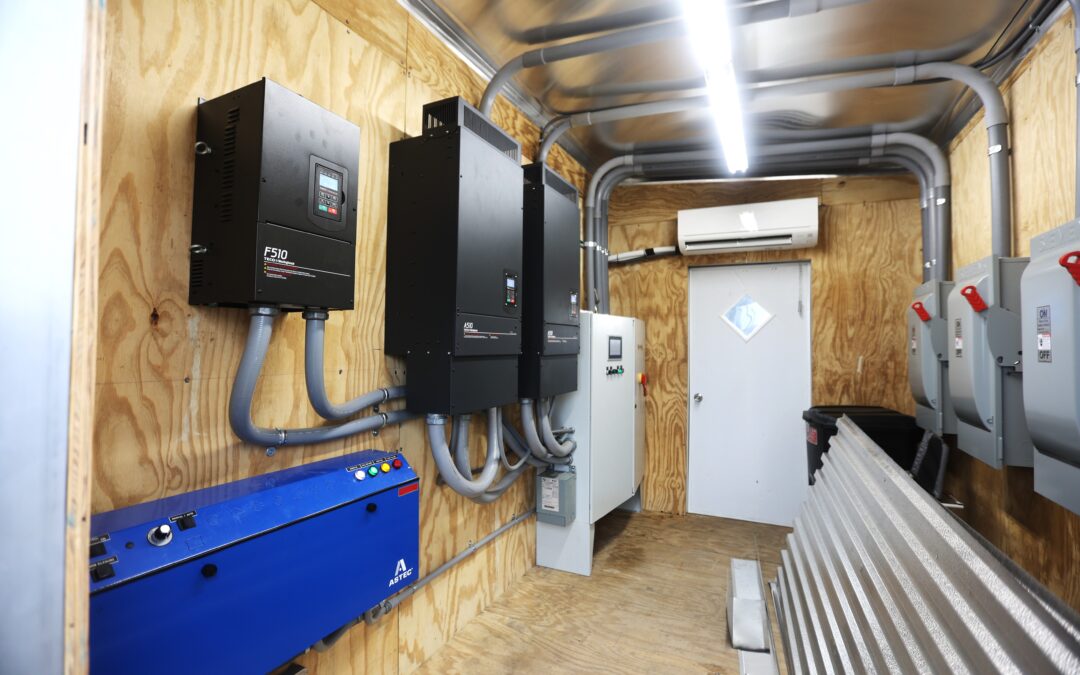Dump Rest Cycle Drying
Dennis Clay, The Kiln Consultant
AHDRC (Alternate Heat/Dump/Rest Cycle) is derived from physics, specifically energy physics. It is simple in concept but requires precise execution, exact conditions, and a complete understanding of the concept. Kilns (including heating, venting and steam spray capacity) and the kiln controllers must attain the specific desired conditions (of AHDRC) in the kiln during each cycle. AHDRC must, by design, be flexible to meet the needs of each specific location. The kiln controller must allow the kiln operator to specify which of the active elements in the kiln (heat, steam spray, venting) are active or inactive during each step. If a kiln controller limits the kiln operator’s ability to specify whether any of the active elements in the kiln are on/off/automatic, AHDRC will not be executed as designed.
AHDRC consists of the following 3 steps:
The circulating fans are operated in all cycles.
- Heat Cycle: This cycle usually requires heat only, but certain species (and other special situations) may require either steam spray or venting to be activated in the same cycle. This cycle adds energy to the lumber cross-section, making the wetter areas more energized.
- Dump Cycle: The vents are operated fully open for a predetermined time, depending on outside temperature, kiln design, steam pressure, and other factors. The goal of the Dump Cycle is to lower the energy level in the kiln atmosphere (as measured by the wet bulb temperature, the only direct measure of energy in the kiln), usually by 10 – 20 degrees. The higher energy level contained in the moisture in the lumber begins to flow toward the lower energy level in the kiln, as per the second law of thermodynamics, creating a force that moves the interior moisture toward the outer shell and eventually out of the lumber surface and into the kiln atmosphere. This helps the core to dry at about the same rate as the shell, reducing drying stress.
- Rest Cycle: During the Dump Cycle, the kiln atmosphere reaches the desired lower energy level, but the interior temperature of the lumber (core) continues to decrease for a period of time, suggesting that there should be time to allow this lowering of the core temperature without further lowering the kiln atmosphere temperature. Only the circulating fans operate during this cycle (no vents, heat, or spray). The energy released from the lumber during this cycle actually increases the kiln’s atmosphere temperature. The Rest Cycle is usually about twice the time of the Dump Cycle, but varies with outside temperature and other factors.
Both Dump and Rest Cycles are effective stress relief and equalizing cycles, executed as many as 12 times per 24-hour period. Multiple stress relief and equalizing periods executed during the entire drying cycle are much more effective than waiting until the end of the drying cycle when both stress and uneven drying are at maximum levels.
If the drying stresses are continuously relieved during drying, the drying rate can be increased safely. Stress is the cause of all drying defects (except stain) and should not be allowed to reach levels that can cause serious drying defects. An additional benefit of AHDRC drying is the reduced, or even elimination of, both equalizing and stress relief at the end of the drying cycle, saving several days in the total drying cycle.

